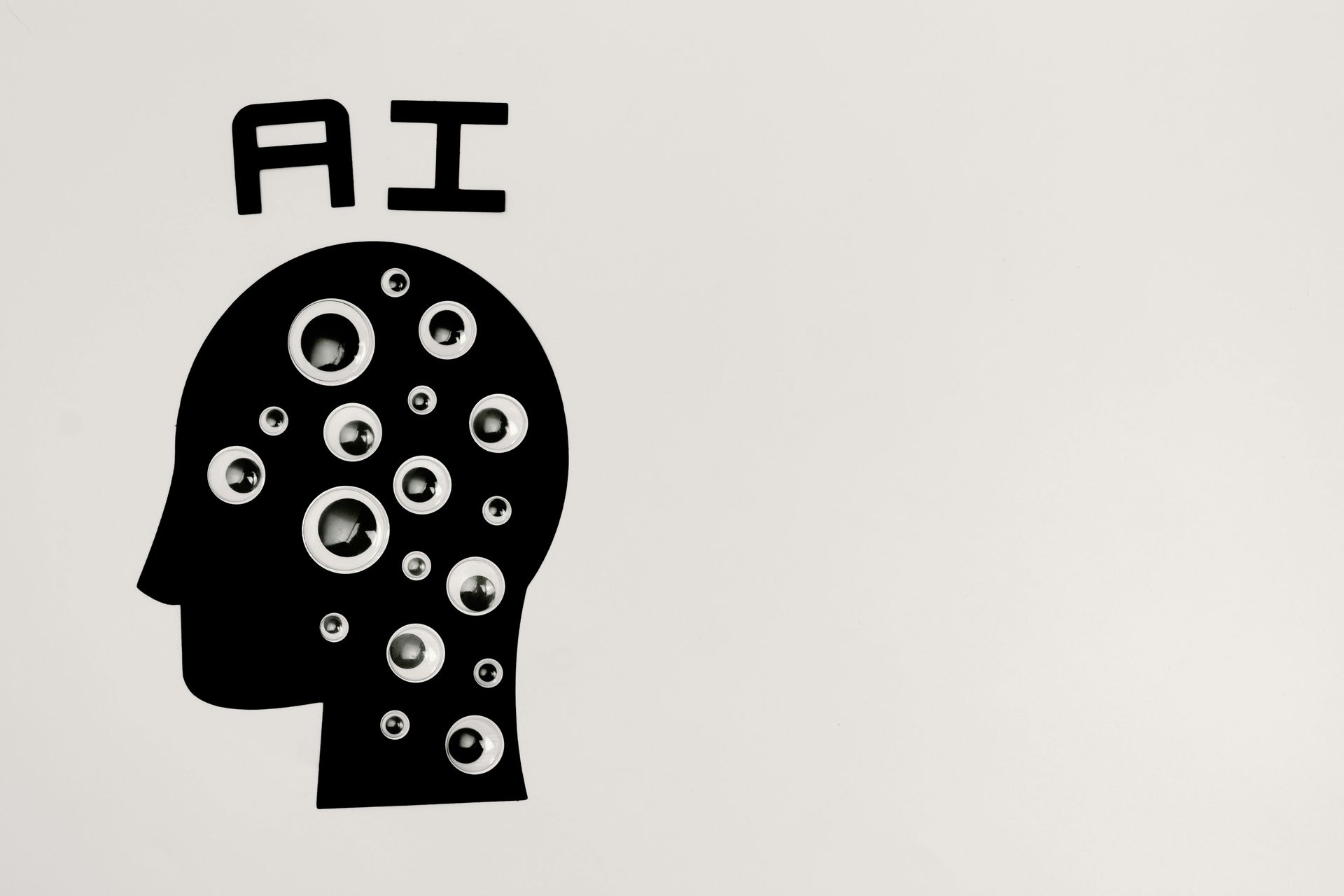Diversity is not a box to check from a list. Diverse voices, talents and experiences are a must for modern business.
Hiring the right employees is essential to an organization’s success. However, unconscious biases can spoil the hiring process and yield a lack of diversity in the workplace. What’s more, these biases can crush employee morale, damage your bottom line and get you into some serious legal issues.
Types of Hiring Biases:
Confirmation Bias
Confirmation bias occurs when an interviewer seeks information that confirms their initial assumptions or beliefs about a candidate. This bias can lead to overlooking candidates who don't fit the interviewer's preconceived notions, even if they are highly qualified for the position. Confirmation bias can also lead to the overvaluation of a candidate's skills, experience or qualifications based on race, gender or socioeconomic background.
Confirmation bias impacts hiring decisions by leading to a lack of diversity in the workplace. When interviewers only seek candidates who fit their preconceived notions, a homogeneous workplace culture that lacks creativity, innovation and adaptability is sure to follow.
Halo and Horn Effect
The halo effect occurs when an interviewer forms an overall positive impression of a candidate based on a single positive characteristic or trait. Conversely, the horn effect occurs when an interviewer forms an overall negative impression of a candidate based on a single negative characteristic or trait.
The halo and horn effects can lead to biased hiring decisions by overemphasizing a single characteristic or trait and ignoring other factors that may be more important in determining a candidate's suitability for the position. This bias can also lead to overlooking highly qualified candidates who may have flaws but are otherwise an excellent fit for the job.
One consequence of the halo and horn effects is a lack of diversity in the workplace. When interviewers overvalue or undervalue certain traits or characteristics, they may overlook qualified candidates from diverse backgrounds with different skills and experiences.
Affinity Bias
Affinity bias occurs when an interviewer feels an affinity or connection with a candidate based on shared experiences, interests or backgrounds. This bias can lead to a preference for candidates similar to the interviewer, even if they are less qualified than other candidates.
Affinity bias negatively impacts DEI. When interviewers prefer candidates similar to them, they miss out on broadening their talent pool.
Stereotyping Bias
Stereotyping bias occurs when an interviewer makes assumptions about a candidate based on race, gender, age or other demographic characteristics. This bias can lead to overlooking qualified candidates who do not fit the interviewer's stereotypes, even if they are highly qualified for the role.
Stereotyping biases can cause candidates from minority backgrounds to be disproportionately overlooked. In turn, this can impact the entire makeup of what should be a diverse workforce.
Diverse Workforces Outperform Their Homogeneous Counterparts
A diverse workforce brings a wide range of perspectives, experiences and skills to the workplace. This leads to better problem-solving, creativity, innovation and adaptability, as well as improved communication, collaboration and decision-making.
As companies continue to recognize the importance of diversity and inclusion in the workplace, it's becoming painfully obvious that discriminatory hiring practices harm individuals and significantly impact businesses. The cost of bias in hiring extends far beyond the initial recruitment process and can have serious consequences for the company's profitability.
According to research by McKinsey & Company, companies in the top quartile for ethnic and racial diversity in their management teams are
33 percent more likely to have above-average profitability than companies in the bottom quartile. Gender-diverse companies are
21 percent more likely to outperform their less-diverse peers.
Discriminatory hiring practices can also lead to higher employee turnover rates, a significant business expense. Some studies predict that every time a business replaces a salaried employee, it costs an
average of 6 to 9 months of the employee’s salary. When companies fail to attract and retain diverse talent, they miss out on the unique perspectives and experiences that those individuals bring to the table.
Biased hiring practices can even lead to trouble with the law. Discrimination in hiring is illegal and can result in costly lawsuits, reputational damage and loss of customers. Companies prioritizing diversity and inclusion in their hiring practices are less likely to face these hurdles.
Beyond the Bottom Line
The negative impact of bias in hiring extends beyond financial costs. Employees who feel marginalized or excluded at work are less likely to be engaged and productive. This leads to decreased employee morale, lower-quality work and hostile work culture. Yet, forty-five percent of American workers say they’ve experienced workplace discrimination in the past year.
A Top-Down Approach
To combat biased hiring practices, companies need to take deliberate steps toward diversity and inclusion. This includes reviewing and updating recruitment practices, setting clear diversity goals and holding leadership accountable for meeting those goals. It's important to note that diversity and inclusion should be an ongoing process rather than a one-time initiative.
Companies can partner with diversity and inclusion experts to develop strategies to attract and retain diverse talent. They can also engage in implicit bias training to help employees recognize and mitigate their unconscious biases.
Weaving Diversity into Your Entire Organization
In times of economic downturn, businesses are prone to drop the ball on their DEI efforts, labeling them as “supplementary” or “nice-to-haves.” But if diversity, equity and inclusion are baked into the company culture, and if you’re hiring, leading and perpetuating an authentic culture of DEI, it should be emulated throughout all facets of the organization.
In other words, leaders should practice and commit to prioritizing DEI. This means setting clear goals and objectives, providing resources and support and holding themselves and others accountable for progress.
It also means organizations must actively work to attract and hire a diverse workforce. This can mean revising job descriptions, targeting diverse candidate pools (Rolebot helps with this) and implementing blind hiring practices. If you’re not hiring diverse people, the DEI statements on your website don’t hold water.
Businesses must create a supportive and inclusive environment that enables all employees to thrive. Offering professional development opportunities, providing flexible work arrangements and addressing issues of bias or discrimination head-on can help establish this.
"Diversity is being invited to the party. Inclusion is being asked to dance." Let's make sure everyone is invited and given the opportunity to shake their tail feathers.
The Rolebot Guarantee
Rolebot ensures at least 33 percent of candidates surfaced across every role served are diverse. After all, the more diverse talent interviewed, the more diverse talent hired. If your organization is working to foster a more equitable workplace by focusing on diversity, it starts at the sourcing phase. Our transparent and bias-free approach can be viewed on-demand in the Rolebot dashboard.
Although we rely on AI and other technologies, we understand that diversity is not an exact science, and because of this, our work is never done. Rolebot's DEI Standard is based on the US Government Census and includes gender.
According to Audience X VP of People Ops Alejandro Phillips, since introducing Rolebot, his company has
leveled the playing field of diverse candidates with a 50/50 male-to-female ratio.
“Ethnic diversity has also shot through the roof since working with Rolebot,” Phillips said.
If you’re ready to achieve workplace diversity,
request a demo today!
This Could Also Interest You:



Rolebot is a bionic arm that amplifies your internal recruitment team's efforts, completely removing the manual lift of sourcing, delivering a daily cohort of passive candidates across all active roles autonomously, so that your recruiters get 90% of their time back to focus on engaging and interviewing an exponentially larger pool of qualified prospects.
© 2024 Rolebot, Inc. Terms of Service | Privacy Policy | Do Not Sell My Personal Information | Accessibility Statement

